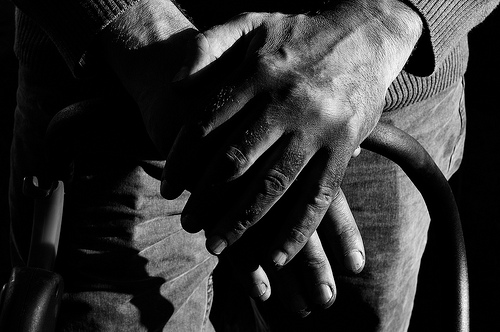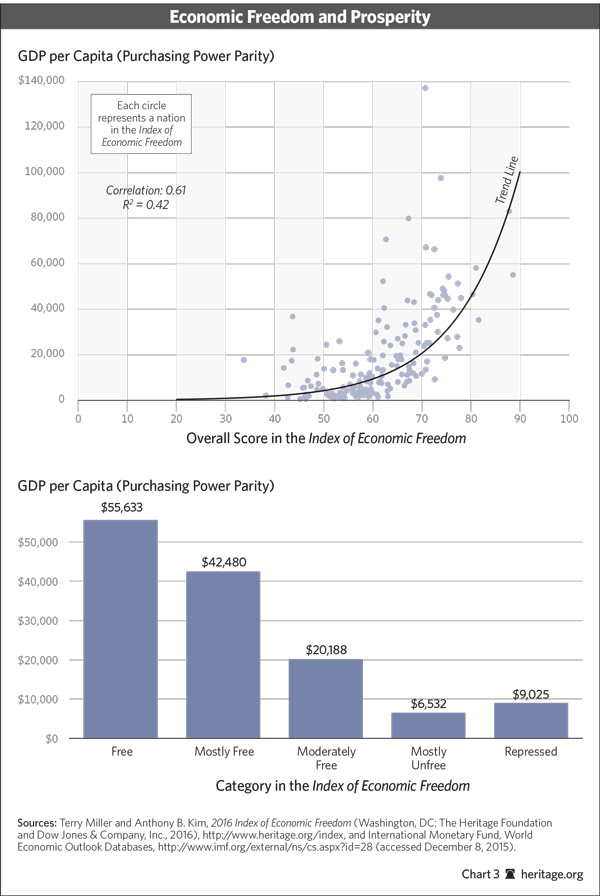Bandaging Homelessness Makes it Worse
By James Whitford published in the Joplin Globe November 8, 2015
For 10 years, I practiced wound care. I’ve probed, irrigated, and cut dead tissue out of the nastiest ulcers and cavities imaginable.
I could share stories that would probably shame any haunted house you visited this Halloween. When my wife and I opened the doors to our mission 15 years ago, I didn’t realize it was the first step to becoming a different kind of clinician. Although my background was steeped in peer-reviewed research-driven methods, scientifically proven best practices and everything else that’s measurable and objective, I came to learn quickly in my calling to the poor that wounds of the heart are also very real. These aren’t wounds that one can measure with any physical device, but they have real signs and symptoms commonly linked to chronic poverty.
Recently, one of our residents sat in my office and shared with me that after her mother left her at age 13, her dad became physically abusive. One night he felt guilty about leaving welts on her back and demanded that she whip him in return. She refused, so he dragged her to the kitchen, where he lit the stove and threatened to burn himself if she didn’t comply. She ran away shortly after that and became addicted to pain medication. No wonder. The pain from a heart wounded like that is unbearable.
She’s just one. We meet thousands of people every year. Together, with hundreds of compassionate volunteers and partners, we’ve become somewhat of a hospital for the broken-hearted.
Let’s talk about treatment. People who know of my wound care background will sometimes jest, “You’re still in the business.” In some ways, that’s true. There’s certainly this commonality: You can’t just put a Band-Aid on it. In wound care, an open wound that’s simply covered and not cared for is a recipe for an infected abscess. Depending on the wound, proper care may demand debriding, cleansing and packing, then close monitoring. It’s not easy, but it’s necessary.
The same goes for the wounded at heart. We can see the outward appearance of poverty and simply think that the Band-Aid of food, clothing and shelter is what we’re called to provide. Not only does that fall short, but that might actually be more harmful than helpful.
It’s why the National Alliance to End Homelessness has it wrong. Its tagline “A housed person isn’t homeless” may be true, but it leads us to believe that a house is the answer. The alliance champions “rapid rehousing,” a government-funded effort that subsidizes housing for people who’ve become homeless.
Sounds good, but I see the problem at ground level. One man who refused to be held accountable at our mission was rapidly rehoused. I saw him just a few days ago. He’s housed but out of the community and not doing well at all. The lady I mentioned above was rapidly rehoused with her boyfriend. Few would believe either of them are ready for such a relationship. Another resident admitted that he was encouraged by a local agency employee to give up his transitional housing and become homeless so he would qualify for rapid rehousing. What’s being promoted here?
Giving folks a house doesn’t make a home, and putting a Band-Aid on the problem of homelessness will only make things worse. This holiday season, apply the right kind of compassionate care to the problem of poverty. Build relationships and heal hearts.




